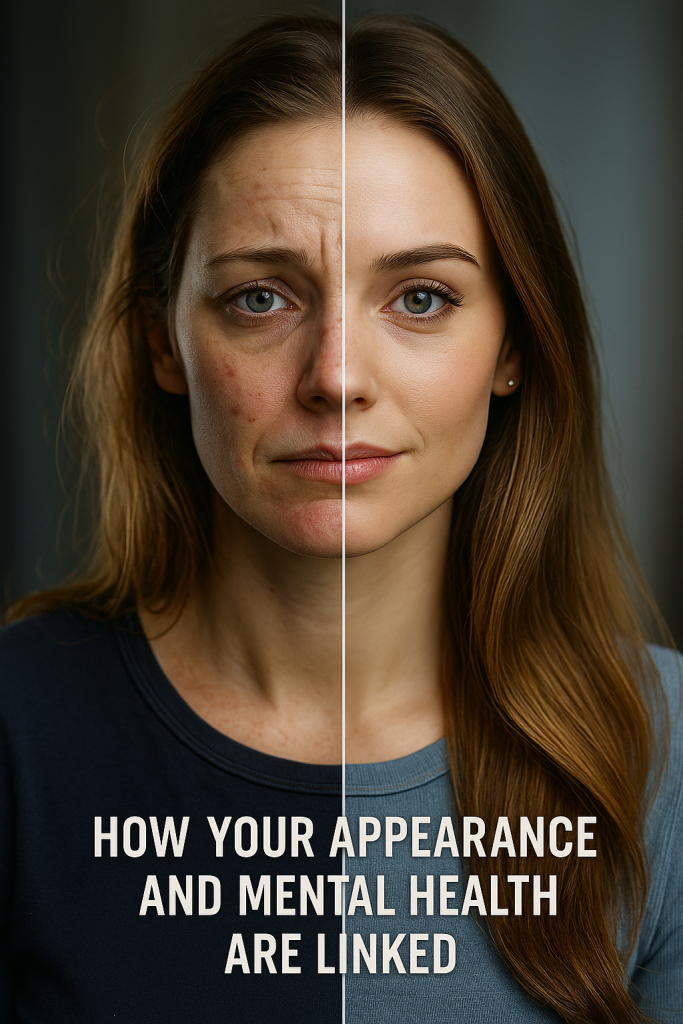Do you ever feel like your vision is holding you back? Well, let me tell you, there’s hope. Sudden lazy eye syndrome in adults may seem daunting, but it can be fixed. This condition affects your ability to see clearly and can impact your daily life. But don’t worry, with the right treatment options and professional help, you can regain control over your vision. So buckle up and get ready to explore the causes, symptoms, diagnosis, treatments, and prevention of sudden lazy eye syndrome in adults. You’re on the path to clearer sight!
The Causes of Sudden Lazy Eye Syndrome in Adults
Sudden lazy eye syndrome in adults can be caused by various factors, such as a sudden change in vision or an underlying medical condition. Lazy eye, also known as amblyopia, occurs when one eye has blurry vision while the other eye has clear vision. This imbalance can lead to the brain ignoring the blurry eye and relying only on the clear eye. In adults, lazy eye causes may include refractive errors like nearsightedness or astigmatism, as well as conditions affecting the function of the eyes. Some common symptoms of lazy eye in adults may include difficulty seeing objects clearly, frequent squinting or closing one eye, and alignment issues between the two eyes. If you experience sudden changes in your vision or notice these symptoms, it is important to seek medical attention to determine the cause and receive appropriate treatment.
Understanding the Symptoms of Sudden Lazy Eye Syndrome in Adults
Without sudden onset or acute symptoms, you may experience changes in your vision that could be indicative of a form of amblyopia, also known as lazy eye. Lazy eye is a condition where one eye has blurry vision while the other eye has clear vision. The brain starts ignoring the blurry eye and relies only on the clear eye. Lazy eye can affect both children and adults, but it is more commonly diagnosed in childhood. Symptoms of lazy eye include difficulty seeing objects clearly, bumping into objects on one side of the body, frequent squinting or closing one eye, and tilting the head to one side. There are no visible physical differences in the eyes, but alignment issues between the two eyes can occur. Refractive errors like nearsightedness or astigmatism and conditions affecting the function of the eyes can lead to lazy eye. It is important to consult with an healthcare provider or an eye care specialist for a proper diagnosis if you notice any changes in your vision.
Diagnosis and Testing for Sudden Lazy Eye Syndrome in Adults
Regular eye exams are essential for the diagnosis and testing of lazy eye in adults. Lazy eye, also known as amblyopia, is a condition where one eye does not develop proper vision during childhood. It can occur due to factors like high degrees of nearsightedness or farsightedness, astigmatism, or a constant eye turn. The brain suppresses the information from the poorly functioning eye, leading to poor development of clear vision and binocular vision. In adults, sudden lazy eye syndrome can occur due to various reasons such as trauma or certain medical conditions. Diagnosis and testing for sudden lazy eye syndrome in adults typically involve a comprehensive eye examination by an optometrist or ophthalmologist to assess visual acuity, refractive errors, ocular alignment, and overall eye health. These examinations help determine the presence and severity of lazy eye in adults and guide appropriate treatment options.
Effective Treatments for Sudden Lazy Eye Syndrome in Adults
There are various effective treatments available for addressing sudden lazy eye syndrome in adults. Lazy eye, or amblyopia, is a condition where one eye has blurry vision while the other eye has clear vision. It can occur due to high degrees of nearsightedness, farsightedness, astigmatism, or a constant eye turn. The brain suppresses the information from the poorly functioning eye, leading to poor development of clear vision and binocular vision. Symptoms may include difficulty with depth perception, visual strain, fatigue, headaches, and clumsiness in activities requiring visual judgment.
To correct lazy eye in adults, retraining the visual system is crucial. Seeking treatment from a developmental optometrist who can perform a thorough evaluation through a Functional Vision Test is recommended. Based on the test results, suitable treatment options can be explored. These may include vision therapy exercises to strengthen the connection between the brain and the weaker eye or using specialized glasses or contact lenses to improve vision.
Remember that while early treatment is most effective, improvement is still possible at any age due to the brain’s plasticity. So don’t hesitate to seek treatment for sudden lazy eye syndrome as an adult.
Prevention and Lifestyle Tips for Sudden Lazy Eye Syndrome in Adults
Seeking regular eye exams and maintaining a healthy lifestyle can help prevent the development or worsening of lazy eye in adults. By scheduling regular check-ups with an eye care specialist, you can ensure that any vision issues are detected early on and appropriate treatment can be administered. Additionally, adopting a healthy lifestyle that includes nutritious diet, regular exercise, and proper sleep can promote overall eye health. Avoiding smoking and excessive alcohol consumption is also beneficial for maintaining good vision.
To further illustrate the importance of prevention and lifestyle tips for lazy eye in adults, let’s take a look at the following table:
| Prevention Tips | Lifestyle Tips |
|---|---|
| Regular eye exams | Nutritious diet |
| Eye care specialist | Regular exercise |
| Early detection | Proper sleep |
| Treatment administration | No smoking |
Seeking Professional Help: Options for Fixing Sudden Lazy Eye Syndrome in Adults
By consulting with a developmental optometrist, you can explore various treatment options for addressing the sudden onset of amblyopia in adulthood.
- Treatment options may include:
- Vision therapy exercises to strengthen the connection between your brain and the weaker eye.
- The use of an eye patch or specialized contact lenses to encourage your brain to use the weaker eye more effectively.
It’s important to remember that early diagnosis and treatment are key to preventing permanent vision impairment. While it is commonly believed that lazy eye can only be treated in young children, recent research has shown that the brain can change at any age. Seeking treatment as an adult is recommended, and a thorough evaluation through a functional vision test by a developmental optometrist can help determine suitable treatment options for you.




